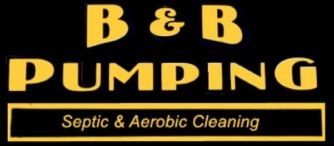Septic tanks are something most of us have heard of but few of us actually know anything about. Our septic tank pumping team has been working with septic systems in the area for over ten years, so we understand what they are, how they work, and how to fix them when they are broken. The septic system has been in use for over 150 years, making its first appearance in France. Today, nearly one in five homes in the United States use a septic system. If you’ve purchased a home with a septic system and are experiencing them for the very first time, you probably have a lot of questions. So let’s start with the basics!
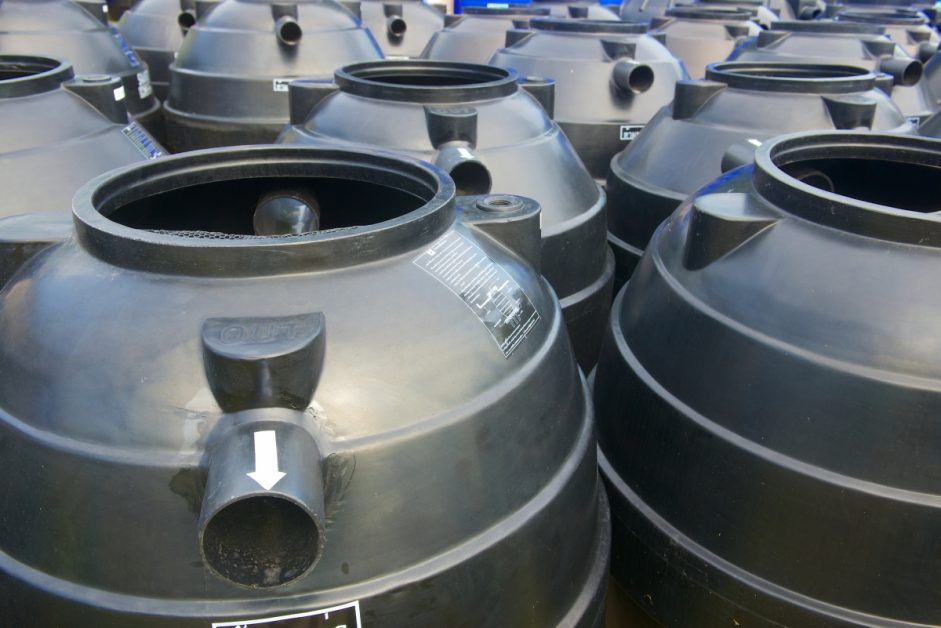
Your Guide To Septic Tanks: What They Are & How They Work
B & B Pumping
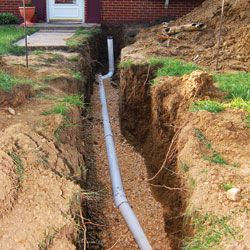
What Is A Septic Tank?
For most homeowners, where your wastewater goes after you’ve sent it down the drain or flushed the toilet isn’t something you have to think about much. The water is sent through your pipes where it connects up with larger city-owned pipes. From there, the wastewater travels to a water treatment plant where is it cleaned and then sent back into the system. However, not all homes can be connected to a city’s municipal wastewater disposal system. That may be due to the fact they are in a rural location or maybe the service just isn’t available in their area. Whatever the reason, that’s when a septic tank is necessary.
A septic tank is like your own wastewater disposal and treatment plant in your own backyard. Wastewater from your home travels into your septic tank where it is separated, cleaned, and then sent back out into the environment. It’s a clean, efficient way to handle the waste water in your home without being connected to a city water system.
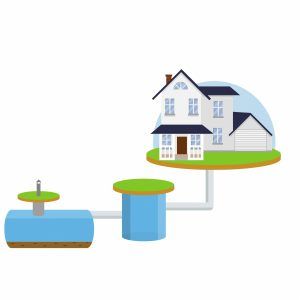
How Do Septic Tanks Work?
There are two key factors when it comes to making a septic tank work: bacteria and separation.
Separation
When wastewater enters the tank, it will naturally separate to form three different layers.
- The top layer is called scum. This later will be made up of organic materials that float to the surface.
- The middle layer is made up of clean water. This is the layer that will be pumped out into the area around the tank (called the leaching area) to be reabsorbed into the earth.
- The bottom layer is called sludge. This is made up of material that can’t be broken down by bacteria and will eventually need the services of our septic tank pumping crew to be removed.
As long as these three layers are being properly formed, your septic tank should be working fine.
Bacteria
Bacteria are the stars of the show when it comes to a septic tank system. That’s because they are responsible for breaking down the vast majority of the material entering into the tank. The good news is that the bacteria should make a home in your septic tank on their own; you shouldn’t need to add them yourself. You will, however, have to be careful about the products that you use in your home and sent out with your wastewater. That’s because there are a number of products that can reduce or even destroy the bacteria in your tank. Look for cleaners that say they are safe for septic systems.
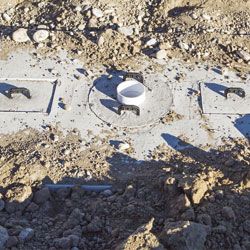
Why You Need Septic Tank Pumping
Eventually, that bottom layer of your septic tank is going to build up. That’s normal and natural when it comes to a septic tank; no matter how many bacteria you have or how hungry they are, they aren’t going to be able to break down everything that makes it into the tank. When the levels get high enough, you’ll need to have a professional septic tank pumping company come out to your property. They’ll hook a pump up to your tank and remove that bottom layer so your tank is ready to work again. Waiting too long to have this process done can result in some very serious (and expensive) damage to your property.
Need help with your septic tank? Not sure when you should pump? B&B Pumping can help. Contact our team and we’ll make an appointment to come out and examine your septic tank right away. We’re the local septic cleaning specialists that you can trust! We proudly serve folks throughout Fort Worth, Decatur, Azle, Haslet, and Weatherford.
